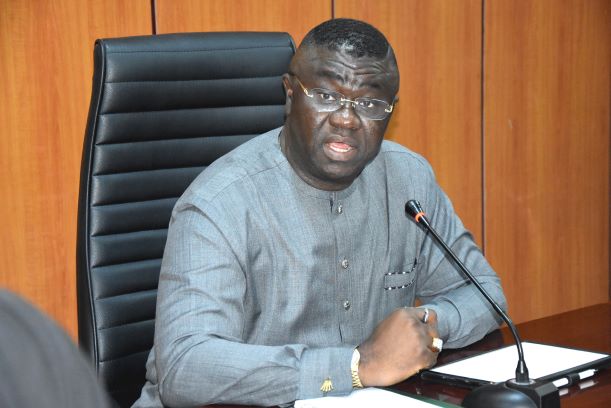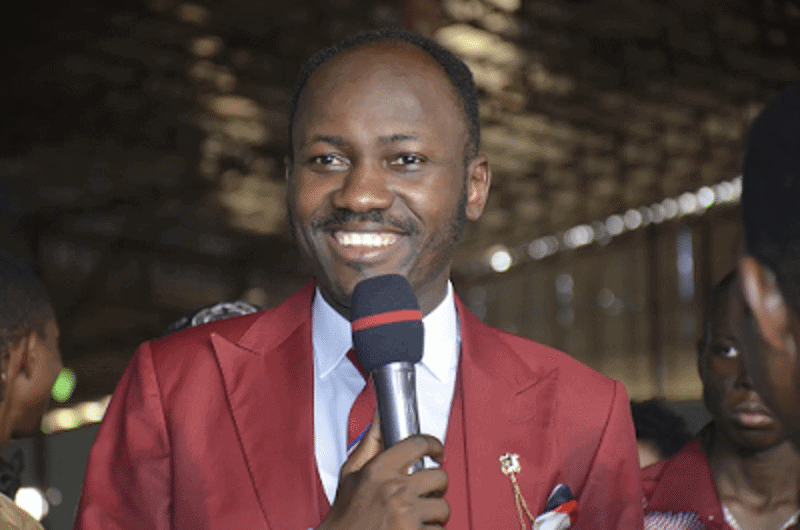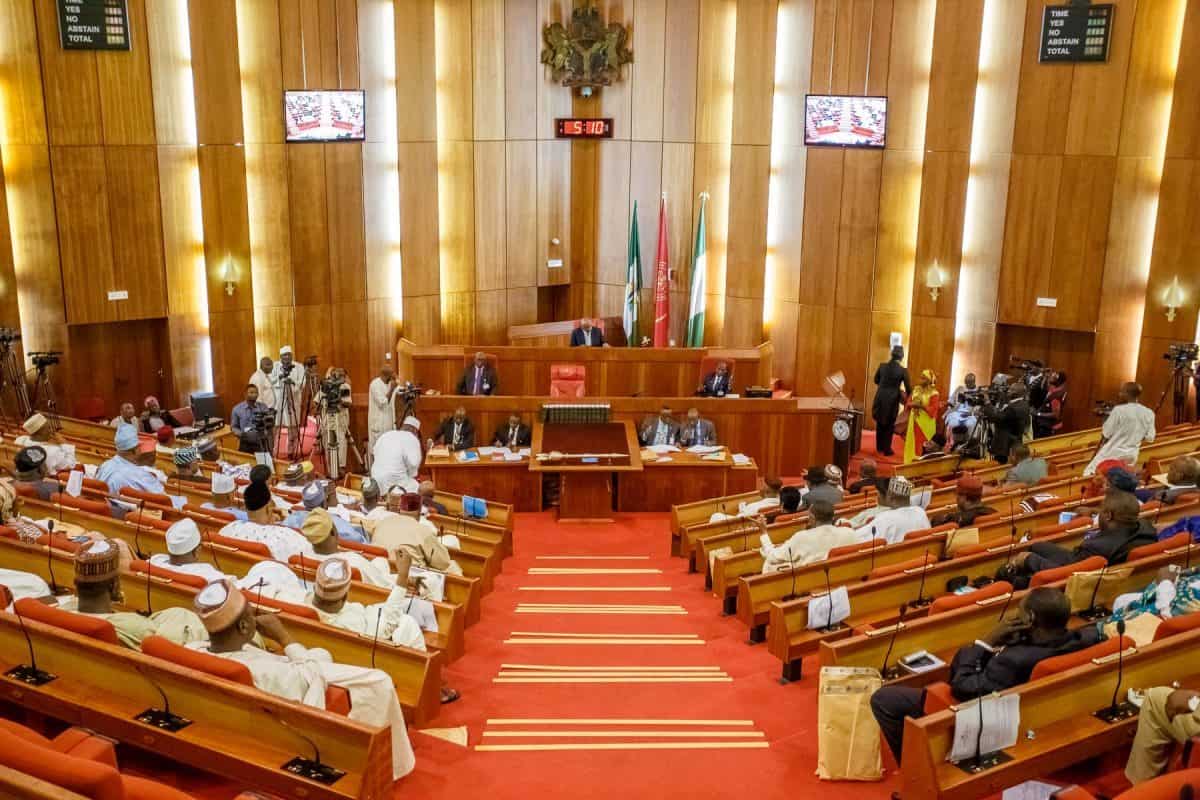FG blames state governors for rising poverty rate across the country
The Federal Government has blamed the state governors for the rising poverty levels across the country.
Minister of State for Budget and National Planning Clement Agba apportioned the blame on Wednesday while briefing State House correspondents at the end of the weekly Federal Executive Council (FEC) meeting.
He also challenged state governors on the need to address the poverty among rural dwellers to make life more meaningful for them.
Governors abandoned villagers: While noting that 72% of the poorest people in Nigeria reside in rural communities, Agba claimed that the governors have abandoned the critical demography, preferring to spend state resources on the capital cities instead. He said:
- “The governors are functioning in their state capitals. And a democracy that we preach about is delivering the greatest goods to the greatest number of people. And our demography shows that the greatest number of our people live in rural areas, but the governors are not working in the rural areas.
- “Right now 70 per cent of our people live in rural areas. They produce 90 per cent of what we eat. And unfortunately, 60 per cent of what they produce is lost due to post-harvest loss and it does not get to the market.
- “I think from the Federal Government’s side we are doing our best. But we need to say that rather than governors continuing to compete to take loans to build airports that are not necessary, where they have other airports so close to them, or governors now competing to build flyovers all over the place, we appeal that they should concentrate on building rural roads so that the farmer can at least get their products to the market.”
Nigeria’s poorest states: Agba said that Sokoto State ranked the highest on the poverty scale, followed by the oil-rich state of Bayelsa, according to the findings of a recent survey he conducted across the 109 senatorial districts nationwide.
- “The result clearly shows that 72% of poverty is in rural areas. It also shows clearly that Sokoto State is leading in poverty with 91%. But the surprising thing is Bayelsa is the second in terms of poverty rating in the country. So, you see the issue is not about the availability of money. But it has to do with the application of money,” Agba said.
He lamented that despite the federal government’s intervention to alleviate poverty, the results have not reflected the amount of investment made in the area.
- “In the course of working on the national development plan, we looked at previous plans and asked why they didn’t do as much as expected. We also looked at the issues of the National Social Investment Programme.
- “At the federal level, the government is putting out so much money but not seeing so much reflection in terms of money that has been put into alleviating poverty, which is one of the reasons the government also put in place the national poverty reduction with growth strategy.
- “But if the federal government puts the entire income that it earns into all of this without some form of complementarity from the state governments in playing their part, it will seem as if we are throwing money in the pond.”
In case you missed it: Recall that about two weeks ago, the National Bureau of Statistics (NBS) revealed that 63% of persons living in Nigeria (133 million people) are multidimensionally poor. This represents half of the population of Nigeria, 72% of whom reside in rural areas compared to 42% in urban areas.





